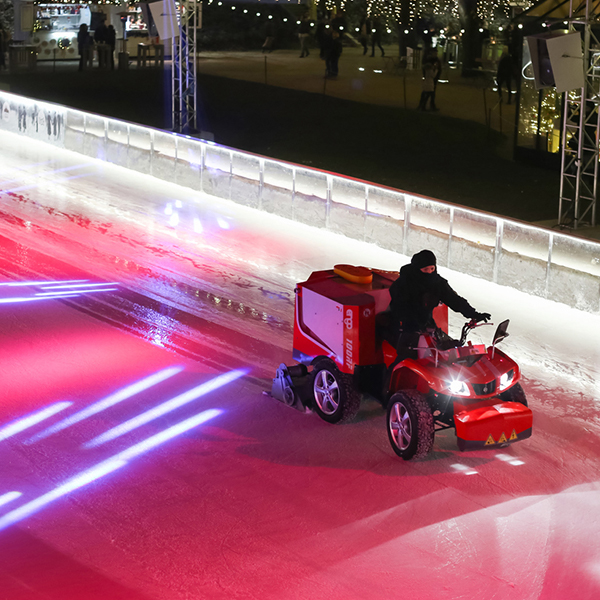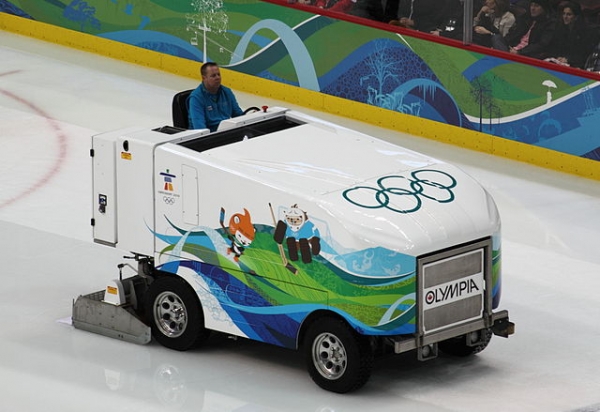The Hidden Heroes of Hockey!

Ice technician on a zamboni at an outdoor skating rink (IdealPhoto30, iStockphoto)

Ice technician on a zamboni at an outdoor skating rink (IdealPhoto30, iStockphoto)
5.77
How does this align with my curriculum?
Curriculum Alignment
BC
8
Science Grade 8 (June 2016)
Big Idea: The behaviour of matter can be explained by the kinetic molecular theory and atomic theory.
YT
8
Science Grade 8 (British Columbia, June 2016)
Big Idea: The behaviour of matter can be explained by the kinetic molecular theory and atomic theory.
NU
2
K-6 Science and Technology Curriculum (NWT, 2004)
Matter and Materials: Properties of Liquids and Solids
NU
2
K-6 Science and Technology Curriculum (NWT, 2004)
Earth and Space Systems: Air and Water in the Environment
ON
2
Science and Technology, Grades 2 (2022)
Strand C. Matter and Energy; Properties of Liquids and Solids
ON
2
Science and Technology, Grades 2 (2022)
Strand E. Earth and Space Systems; Air and Water in the Environment
NT
2
K-6 Science and Technology Curriculum (NWT, 2004)
Matter and Materials: Properties of Liquids and Solids
